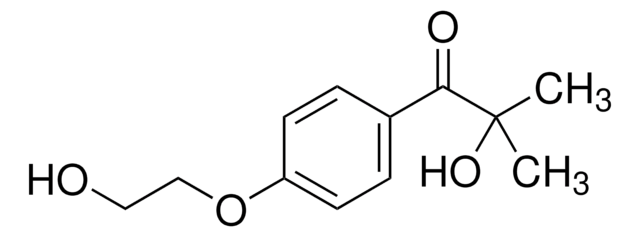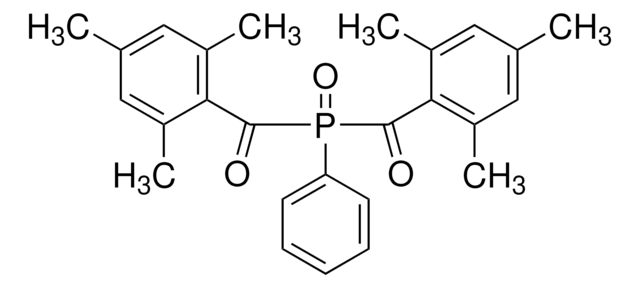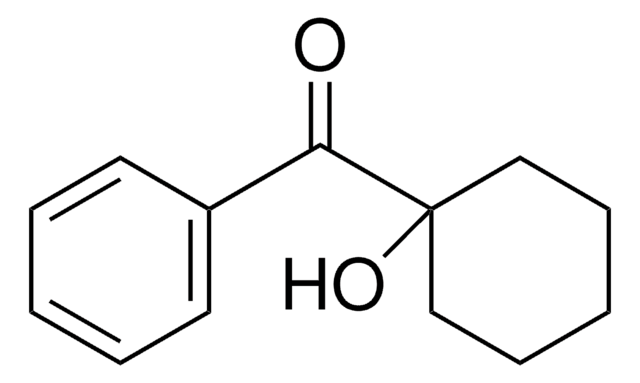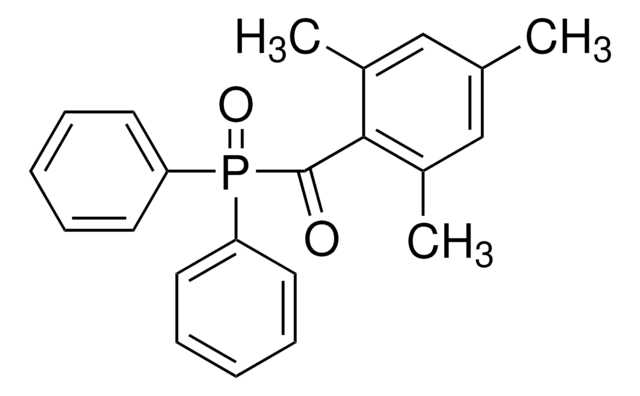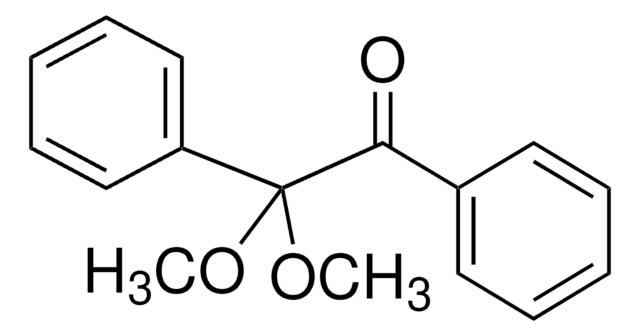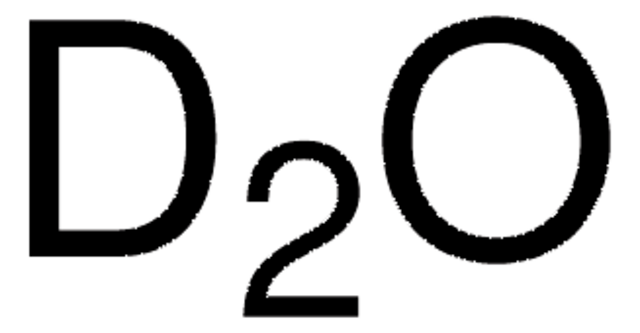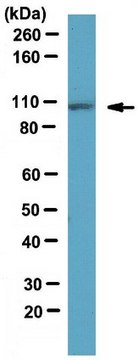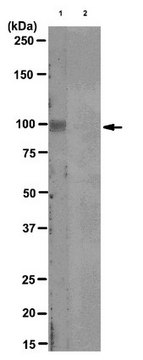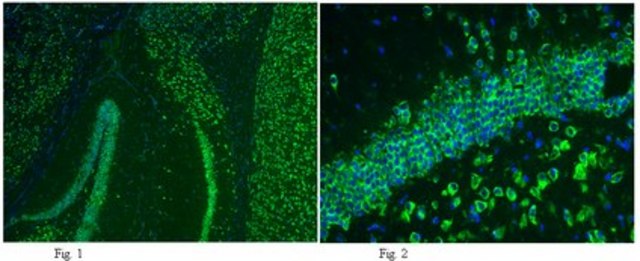405655
2-Hydroxy-2-methylpropiophenone
97%
Synonym(s):
1-Hydroxy-1-methylethyl phenyl ketone, 1-Phenyl-2-methyl-2-hydroxypropanone, 2-Hydroxy-2-methyl-1-phenyl-1-propanone, 2-Methyl-3-phenyl-3-oxopropan-2-ol
Select a Size
¥1,455.13
Estimated to ship on2025年5月13日Details
Select a Size
About This Item
¥1,455.13
Estimated to ship on2025年5月13日Details
Recommended Products
Quality Level
Assay
97%
form
liquid
refractive index
n20/D 1.533 (lit.)
bp
102-103 °C/4 mmHg (lit.)
density
1.077 g/mL at 25 °C (lit.)
SMILES string
CC(C)(O)C(=O)c1ccccc1
InChI
1S/C10H12O2/c1-10(2,12)9(11)8-6-4-3-5-7-8/h3-7,12H,1-2H3
InChI key
XMLYCEVDHLAQEL-UHFFFAOYSA-N
Looking for similar products? Visit Product Comparison Guide
1 of 4
This Item | AB10529 | MABN103 | MAB397A4 |
|---|---|---|---|
| Quality Level 100 | Quality Level 100 | Quality Level 100 | Quality Level 100 |
| antibody form affinity isolated antibody | antibody form serum | antibody form purified antibody | antibody form purified immunoglobulin |
| biological source rabbit | biological source rabbit | biological source mouse | biological source mouse |
| Gene Information human ... GRIA2(2891) | Gene Information human ... GRIA2(2891) | Gene Information Rattus norvegicus ... Gria2(29627) | Gene Information human ... GRIA2(2891) |
| technique(s) immunohistochemistry: suitable (paraffin), western blot: suitable | technique(s) western blot: suitable | technique(s) western blot: suitable | technique(s) immunocytochemistry: suitable, immunohistochemistry: suitable |
| UniProt accession no. | UniProt accession no. | UniProt accession no. | UniProt accession no. |
General description
Application
- Photochemical Thiol-Ene “Click” Chemistry: The study utilized 2-hydroxy-2-methylpropiophenone for the synthesis of highly functional polyols by photochemical thiol-ene “click” chemistry (M Ionescu, A Garcia-Comer, T Spidel, 2023).
- Development of Water-Soluble Type I Photoinitiators: This study focused on the development of new water-soluble type I photoinitiators for hydrogel synthesis using 2-hydroxy-2-methylpropiophenone, enhancing the understanding of photopolymerization processes (B Aubry, F Dumur, M Lansalot, E Bourgeat-Lami, 2022).
Signal Word
Warning
Hazard Statements
Precautionary Statements
Hazard Classifications
Acute Tox. 4 Oral - Aquatic Chronic 3
Storage Class Code
10 - Combustible liquids
WGK
WGK 1
Flash Point(F)
251.6 °F - closed cup
Flash Point(C)
122 °C - closed cup
Personal Protective Equipment
Choose from one of the most recent versions:
Certificates of Analysis (COA)
Don't see the Right Version?
If you require a particular version, you can look up a specific certificate by the Lot or Batch number.
Already Own This Product?
Find documentation for the products that you have recently purchased in the Document Library.
Our team of scientists has experience in all areas of research including Life Science, Material Science, Chemical Synthesis, Chromatography, Analytical and many others.
Contact Technical Service